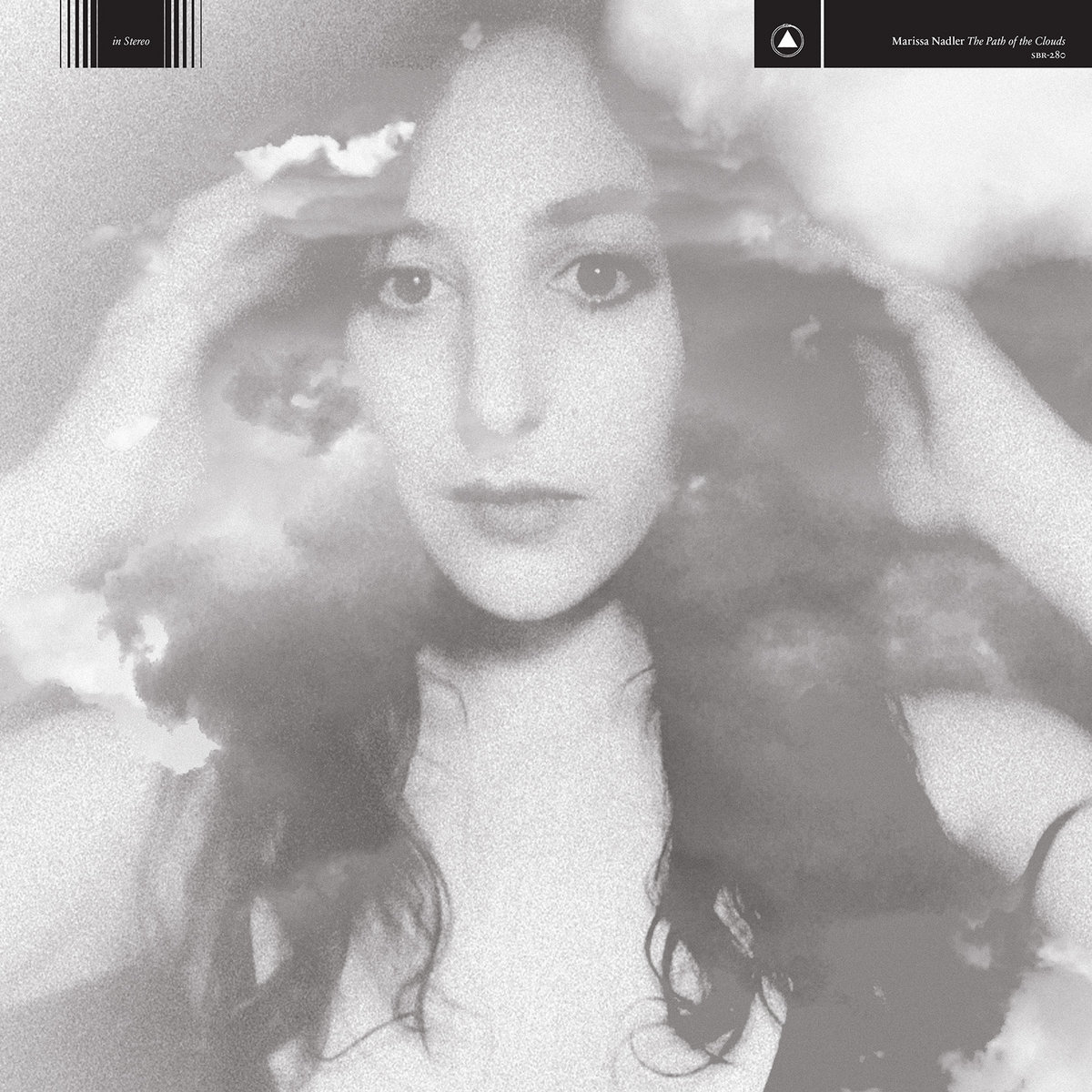
Review: Marissa Nadler – The Path of the Clouds
National Music Reviews
Marissa Nadler
The Path of the Clouds
Sacred Bones / Bella Union
Street: 10.29
Marissa Nadler = Chelsea Wolfe + Lingua Ignota
Marissa Nadler has always walked a tightrope of deep, hidden beauty and something scary lingering across the surface. Nadler’s angelic voice guides the listener through the complex web that weaves itself around all of us—Nadler is the calming voice that draws you in, knowing full well that she’s the spider. Nadler started her career wrapped in the shroud of old-school country and haunting folk. On her fourth full-length album, Little Hells (2009), Nadler introduced electronic elements and unleashed some black metal gloom. This theme of light against shadow has followed her ever since.
Nadler’s ninth solo album, The Path of the Clouds, was birthed in early 2020; another album under the unique genre of an isolation/lockdown record. Nadler does not let confinement limit her—instead, she explodes into multitudes, adding emotional weight with heart-stopping lyrics that set up a melodic voice that transcends time and place. Nadler creates a mystical oneness that comes with being alone and in your own head. Nadler enlists Mercury Rev’s Jesse Chandler (woodwind/piano), Cocteau Twins’ Simon Raymonde (bass), Mary Lathimore (harp) and multi-instrumentalist Milky Burgess to help flesh out her vision’s sonic beaut. Nadler also welcomes in Amber Webber’s (of Black Mountain) vocals on “Elegy” and Emma Ruth Rundle’s soul-stirring guitar on “Turned Into Air.”
“Bessie, Did You Make It,” the first track on the album, is a haunted murder ballad filled with myth and bones. Nadler breathes out a sort of confession before the song fades: “Fifty years later the tale turns to legend / A woman claimed to be Bess for a second / By the fire, she said without smiling / I’m Bessie, I killed him, I was simply surviving,” with Nadler’s acoustic guitar riding softly on an electronic drone toward the conclusion. Contrasting the darkness of “Bessie” is the light magic spell of “If I Could Breathe Under Water.” The song swirls brilliantly under the guidance of Lathimore’s iconic harp—it’s a treasure.
Disappearing and reinvention is a slippery theme that swims throughout The Path of the Clouds. Nadler may have single-handedly invented the “escape” ballad. The title track is an homage to the curious disappearance of D. B. Cooper, and “Well Sometimes You Just Can’t Stay” is about a prisoner escape from Alcatraz. On “From Vapor to Stardust,” Nadler takes a song about loss and loneliness and injects a dose of Unsolved Mysteries by rhyming Robert Stack with distract. Nadler has turned late-night crime shows on television into art. These songs are gorgeous, and they don’t just spill out—they float.
Marissa Nadler’s songs sound like cinema; you can almost see and feel them. The Path of the Clouds sucks you in like sitting in an old movie theater, or watching television at 2 a.m. The record is interactive, and Nadler makes space inside her head for you. I loved occupying that space for a while. Nadler has it right—this record is like vapor and stardust. –Russ Holsten